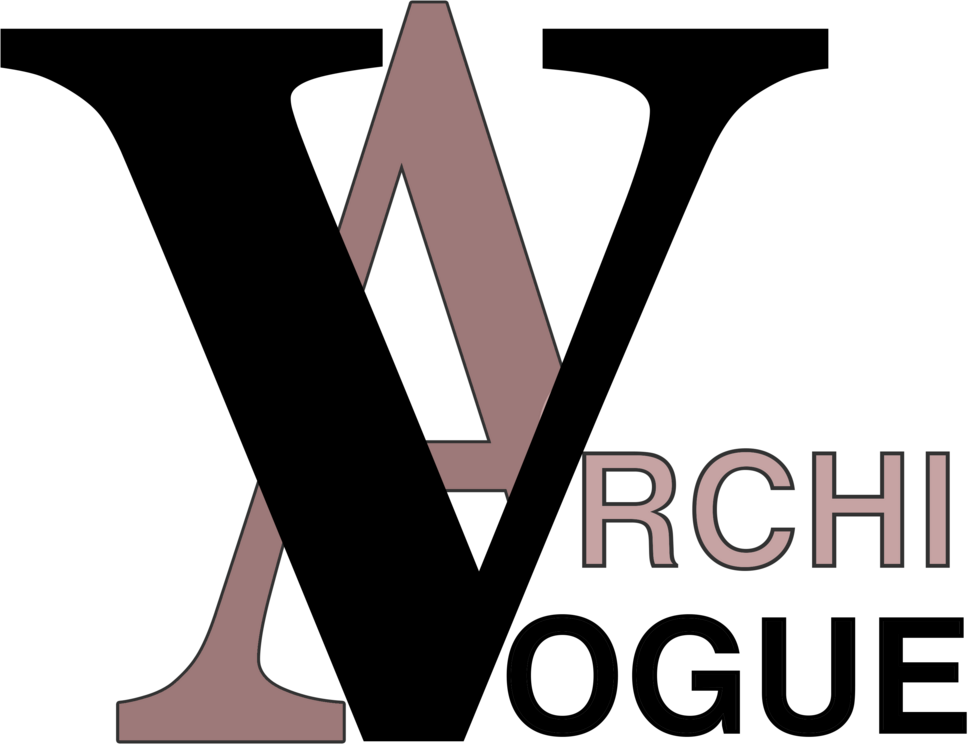Slums have become an unavoidable reality in many countries in the world, mostly in developed countries. Although with time many different models and methods have been formulated in order to address the poverty issues in these countries but unfortunately the problems of dwelling fall for under privileged people have become a serious issue and it has been seen rising since the start. Some policies around the world declared the taking down of these slums in different area but many around the world decided to upgrade and sustain these dwellings.
In Pakistan, half of the population lives in slums area. Besides, government only plans to evacuate them rather then upgrading their areas of living. For that we have looked through the case study of Kenya in which they came up with the idea of upgrading the slums. It was a collaborative initiative of Government of Kenya with UN-Habitat.
If you want to know how the case of Kenya can help us as an example to be implemented in Pakistan, then read through the article below.
Ken-Sup: Kenya Slum Upgrading Programme | Collaborative Initiative Between the Government of Kenya & UN-Habitat
Situation Analysis
- Kenya’s cities and towns are centers of industry, education, and culture, hosting 34 percent of the national population and generating over 65 percent of the national GDP.
- With an annual urban population growth rate of 4.4 percent, it is one of the most rapidly urbanizing countries in the region
Challenge
The most important challenge is the “rapid urbanization”, outstripping by far the capacity of the government and local authorities to guide the physical growth of urban areas and provide essential urban services for their citizens. This has resulted in the rapid growth of slums in Kenyan cities and towns.
Reasons
The rapid growth of slums is due to the combined effects of;
- rural–urban migration
- increasing urban poverty and inequality
- the marginalization of poor neighborhoods
- the high cost of living
- the inability of the urban poor to access affordable land for housing
- insufficient investment in new low-income housing
- poor maintenance of the existing housing stock

Depending on the city, 60 to 80 percent of Kenya’s urban population lives in slums characterized by;
- lack of access to water and sanitation
- adequate housing and secure tenure
- many experience critical security
- health problems and are dependent on the informal sector for survival
- In Nairobi, 60 percent of the population lives in slums that occupy only 5 percent of the total land area of the city.
- The growth of these slums is unprecedented, with the number of slum dwellers expected to double within the next 15 years.
- Only 22 percent of slum households in Nairobi has water connections, while 75 percent accesses water through water vendors who overcharge, making slum dwellers pay more for their water than people living in middle- or high-income areas.
- The provision of sanitary services is also inadequate and the use of open spaces and “flying toilets” is common.
- In places like Kibera, poor environmental sanitation leads to waterborne and vectorial diseases such as diarrhea and malaria. Epidemics such as cholera and typhoid are occurring with greater frequency.
This grim reality provides the persuasive justification for slum upgrading initiatives in the country aimed at improving living conditions.

Background Of Kenya
MAVOKO
More than 50% of the population has no access to safe drinking water, sanitation or sewerage facilities and solid waste collection is poor.
KISUMU
One of the poorest cities in Kenya. About 60% population lives in slums and over 15 % has HV/AIDS. Half of the inhabitants live in absolute poverty which is higher than the national average of 29%.
You Might Want To Read: What Are The Possible Measures That Can Uplift Slums? Case Study Of Charar Pind Village in DHA Lahore.
Objectives
Development Objective
The program’s development objective is to improve the livelihoods of people living and working in slums and informal settlements in the urban areas of Kenya through housing improvement, income generation, and the provision of security of tenure and physical and social infrastructure.
Specific Objectives
- Promote and facilitate broad-based partnerships utilizing consensus building and consultation among all the stakeholders.
- Build institutional and human resource capacities at local and national levels for the sustainability of slum upgrading interventions.
- Facilitate the implementation of innovative and replicable pro-poor slum-upgrading models through pilot projects, delivery strategies, and approaches.
- Assist the Government of Kenya in the development of financial strategies and the mobilization of funds for slum upgrading.
- Undertake collection and dissemination of information for the promotion of sustainable slum upgrading practices and the provision of linkages to global best practices.
Kibera | Nairobi
Integrated water, sanitation and waste management project.
- Kibera, situated within the city boundaries of Nairobi, is the second largest informal settlement in Africa, with a total area of approximately 256 hectares.
- The estimated total population in the settlement ranges from 600,000 to 1,000,000 inhabitants, a quarter of Nairobi’s population.
- The settlement is comprised of 12 “villages”, each characterized by lack of basic urban services and infrastructure, including water supply, sanitation, solid waste management, adequate housing, power, and roads.
- Unemployment levels are high and the majority rely on the informal sector for survival.
- The absence of an effective land policy, proper urban governance, and an organized community framework for accessing credit to improve living conditions worsen the situation.
Main Achievements
- Water, sanitation, and waste management conditions improved through the provision of storm water drains, communal water and sanitation facilities, and small-scale, door-to-door waste collection and recycling services.
- The overall mobility of residents improved after the construction of a low-volume road, which took into account the needs of non-motorized transportation users.
- Non-motorized transport was established as an alternative and efficient tool for creating new income-generation and business opportunities and achieving comprehensive, sustainable, and cost-effective urban mobility.
- Providing household power connections in conjunction with the Kenya Power and Lighting Company enhanced access to modern energy.
- Information and technology skills were enhanced among the population through the establishment of a Community Information and Communication Technology Centre.
- The institutional and technical capacities of selected key target groups – community-based organizations, informal traders, local authorities – were strengthened by conducting training courses in project management, entrepreneurship, micro enterprise skills development, and information technology.

Sustainable Neighborhood Programme, Mavoko
Mavoko Municipality has an estimated population of 65,000. Despite its close proximity to Nairobi, the communities in the area are quite rural. There are some 25 rapidly expanding informal settlements that have emerged around the town. These are characterized by;
- lack of access to formal housing and land markets
- inadequate access to water and sanitation
- self-built structures made of poor building materials
- acute security and health problems
Main Achievements
- A socio-economic profile and situation analysis of Mavoko’s slums were completed.
- The implementation of community action plans reinforced community organization.
- The formation of housing cooperatives was completed.
- A broad-based partnership of the main stakeholders was formed with an effective project structure.
- A master plan and house designs for the SNP site were finalized.
- A Mavoko SNP sub-office was set up within the Municipal Council of Mavoko, with three local community coordinators working on community mobilization.
- A training programme in self-help housing for community members has been planned.
Cities Without Slums, Kisumu
- Kisumu is the third largest city in Kenya. It is a regional capital and an administrative, commercial, and industrial center for the Lake Victoria basin.
- Its rich endowments, such as the lake itself and fertile agricultural land, gave rise to a thriving economy that provided employment opportunities in the fishery industry and through the large-scale production of molasses, cotton, rice, and sugar.
- Despite its rich resource base, Kisumu is still one of the poorest cities in Kenya and food insecurity, growing urban poverty, and the high prevalence of HIV/AIDS are key concerns.
- The city has approximately 500,000 inhabitants, of which about 60 percent lives in slums.
- The slums lack planning and basic services, and have high densities and poor infrastructure. Half of the slum residents obtain their water from unsafe sources, resulting in high rates of water- and sanitation-related diseases and morbidity.
- Refuse collection efficiency is a mere 20 percent, and only 10 percent of residents has sewerage connections.
Main Achievements
Inception Phase
A situation analysis on Kisumu’s informal settlements was completed, published, and distributed. It proposed an integrated approach to slum upgrading, focusing on security of tenure, improvement of basic infrastructure, housing, health, social services, and the environment. An action plan was developed for the improvement of the informal settlements, with each informal settlement identifying their own priorities.
Preparatory Phase
A GIS lab was established at the Municipal Council of Kisumu, the social mapping was completed, and the capacity of the GIS secretariat was built. A slum upgrading secretariat was established within the council, along with a steering committee comprised of the main urban stakeholders.

Conclusion
Slums have a potential to work with sustainability because it can directly address social inequality with environment degradation. Lack of infrastructure is one of the major reasons of environmental hazards whereas rest is by the industrialization, transport emissions and excessive consumption of goods. Following is the importance of sustainability in improvement projects of slums;
1. It can help make the environmental quality clean which can reduce health issues and help making living better.
2. Making socially active.
3. It can help to make the upgradation economical friendly.
4. Use of low-cost material can cause less cost and less maintenance.
5. Less carbon foot print means less use of energy which makes it different from the upper-class construction.
6. Balance use of resources can contain supply of resources for future generations.
7. Use of waste material which is recyclable in the construction.
8. Pedestrian friendly streets can be a good way to avoid transportation and it will lead to less air and noise pollution.
For more information visit ArchiVogue | Magazine & Journal


















